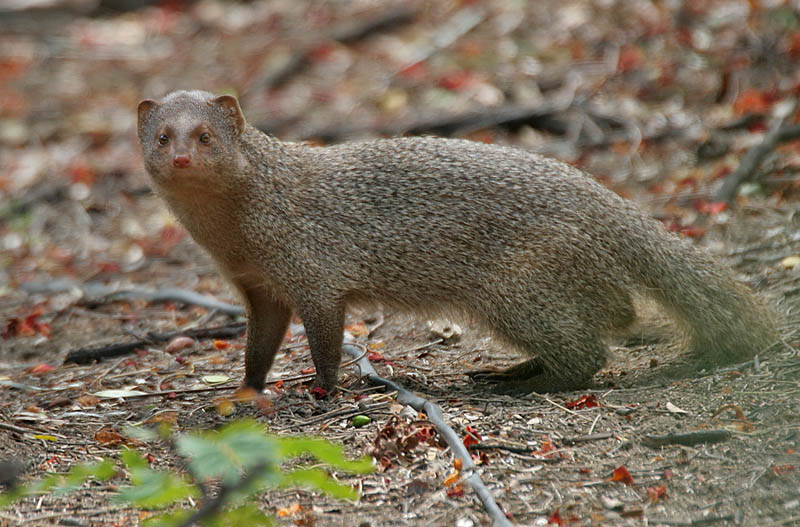7667766266
enquiry@shankarias.in
Inner Line Permit
Citizenship (Amendment) Bill (CAB)
PM YUVA Yojana
Consumer Expenditure Survey
Less Methane Emitting Sheep Breed
Operation Clean Art
Mongoose

Source: PIB, Indian Express, The Hindu
VIPUL JAIN 6 years
Sir, CONSUMER EXPENDITURE SURVEY is conducted by NSO (NOT NSSO). Please make this correction

IAS Parliament 6 years